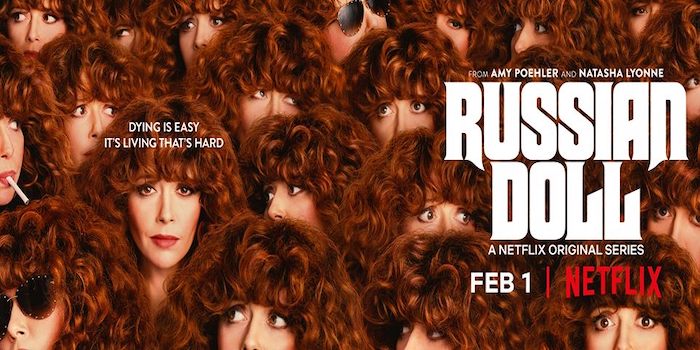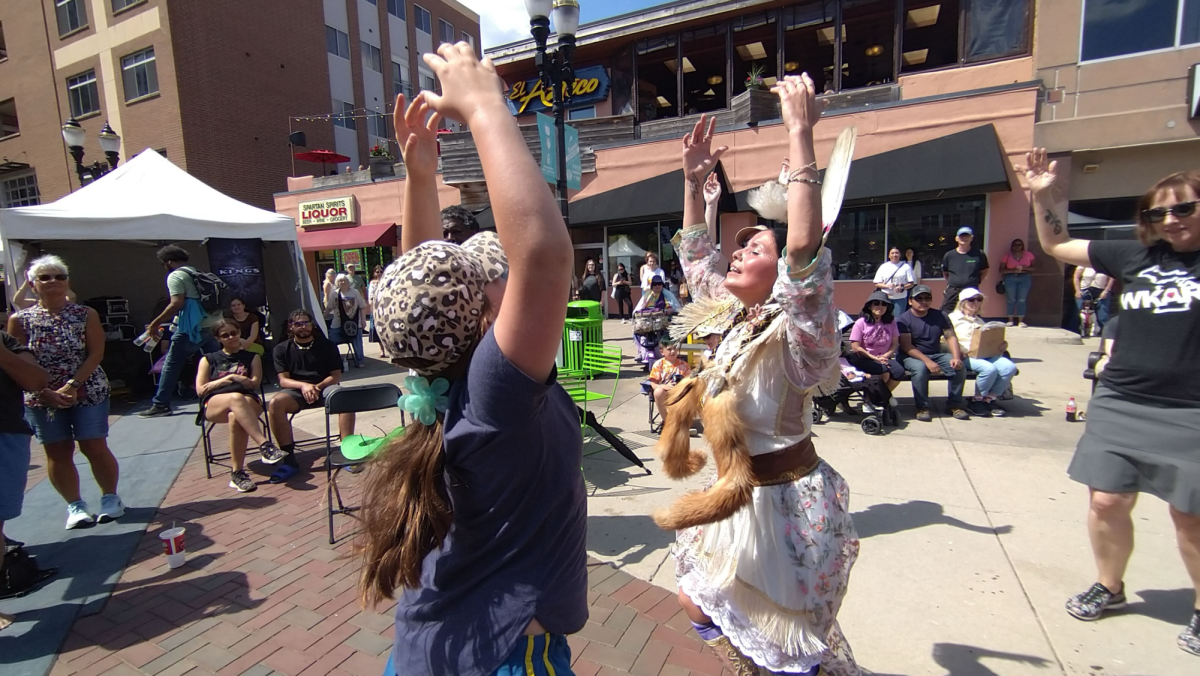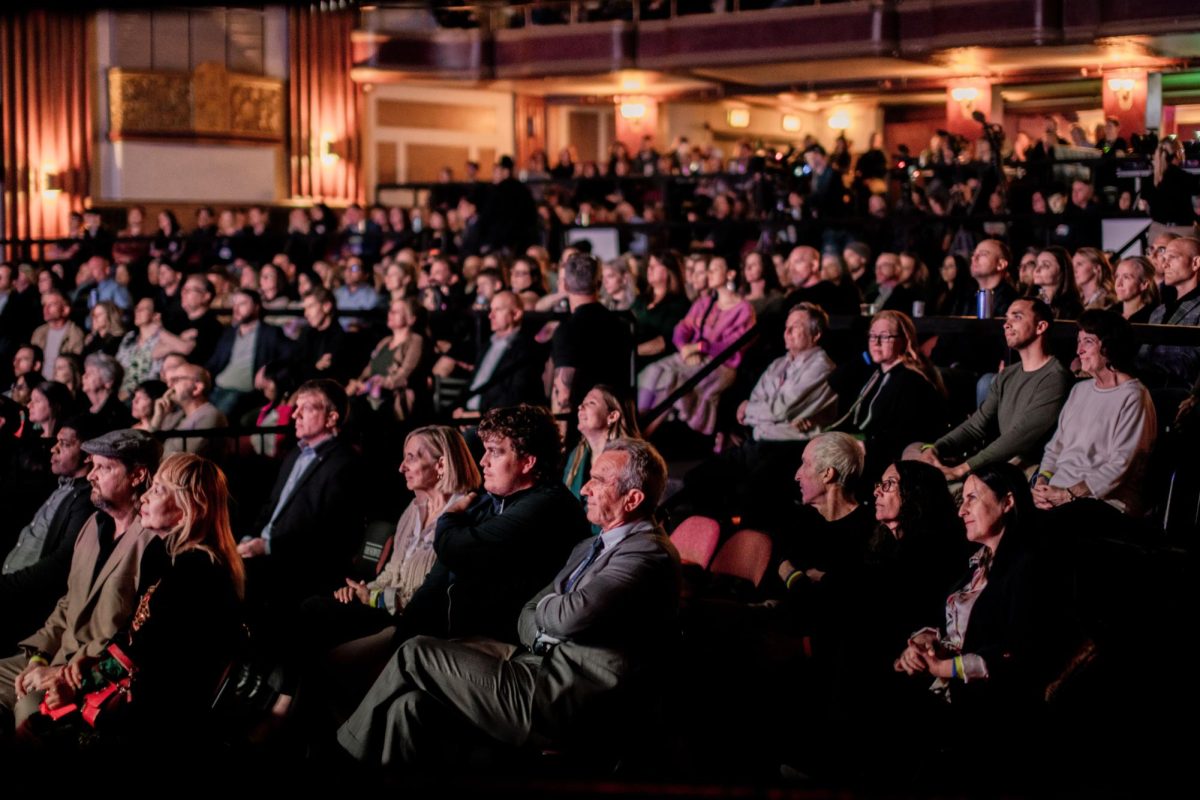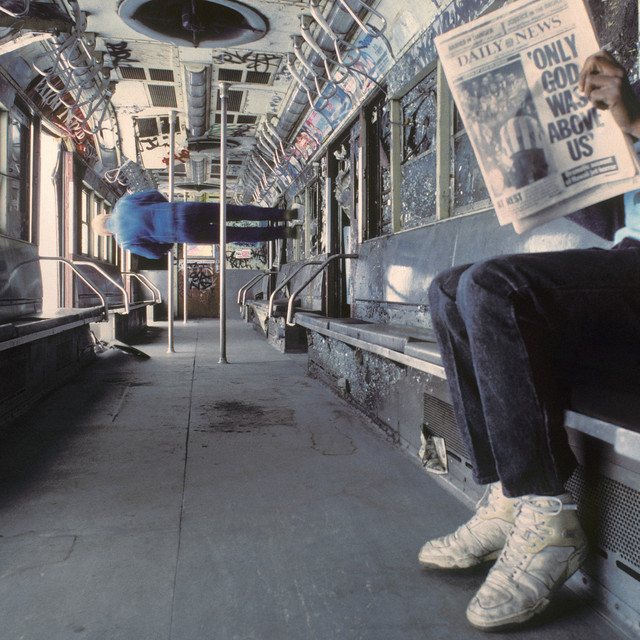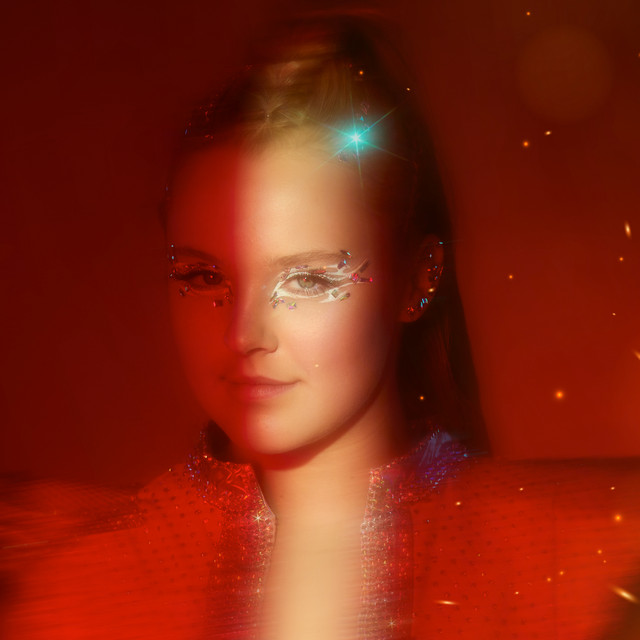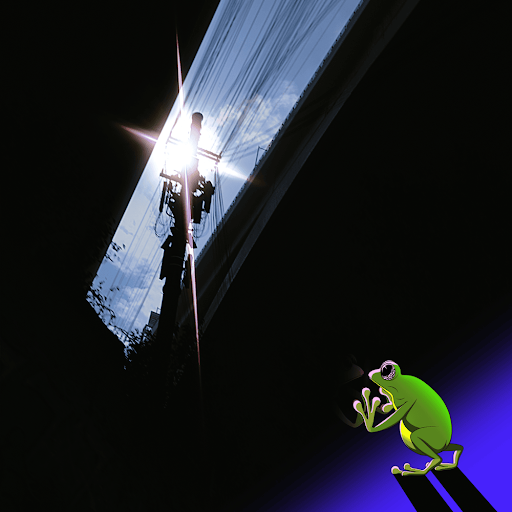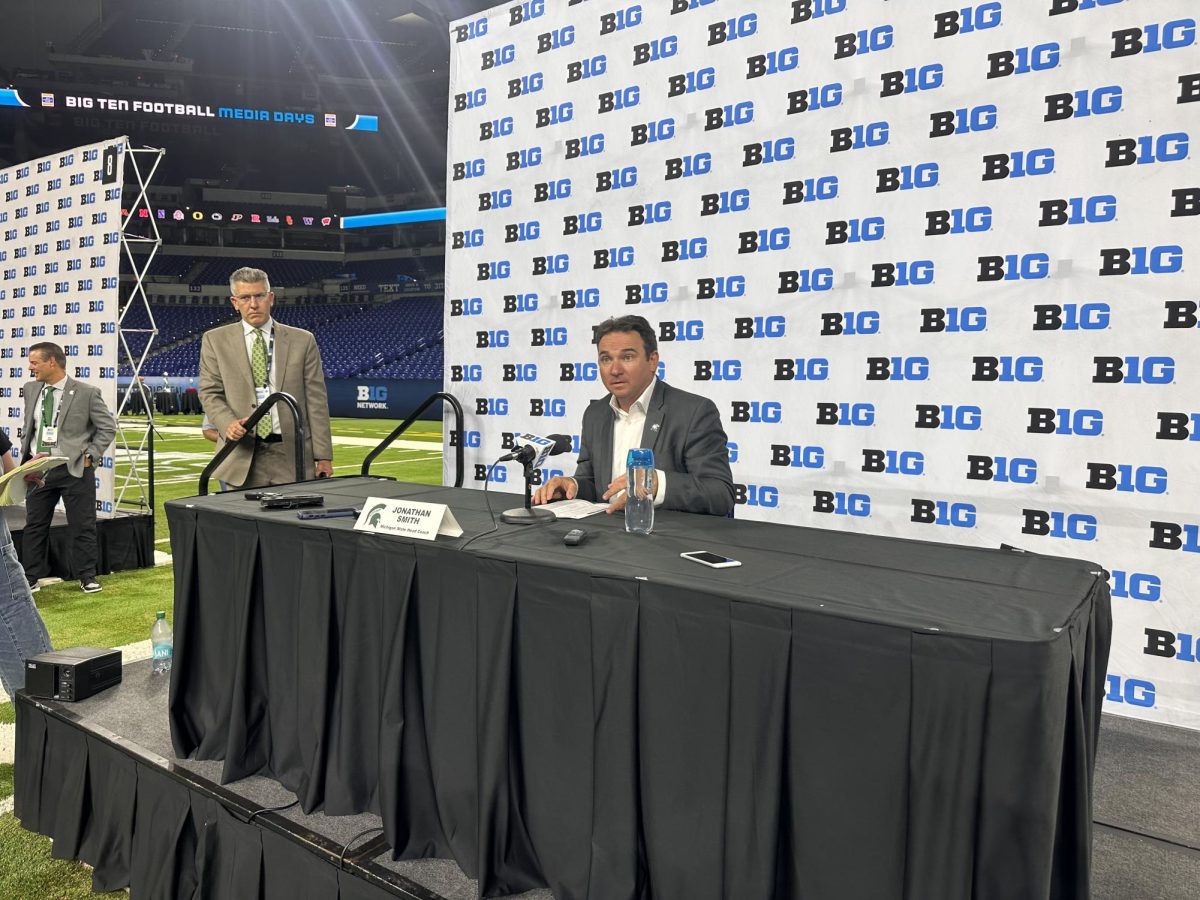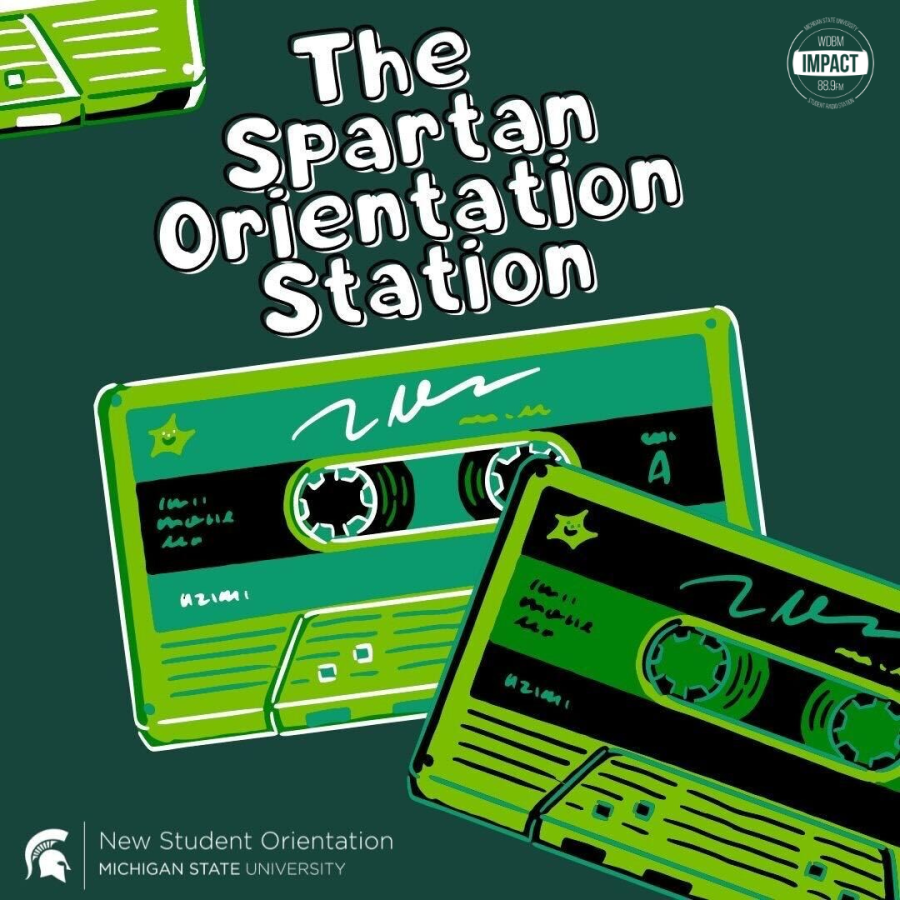We Watch it for the Music | Russian Doll
March 18, 2019
(Contains mild spoilers)
In the era of shows like “Stranger Things” and “Black Mirror,” Netflix viewers have already gotten a taste for fourth-dimensional mind mangling. When Natasha Lyonne, Amy Poehler and Leslye Headland came together to create “Russian Doll,” they worked tirelessly to give it a fresh edge.
They succeeded in doing this by formulating a soundtrack that not only contributes to the theme of the show and creates a vintage, nostalgic feel, but transforms the story into a perfectly blended audiovisual experience. The lyrics and melodies partner with the events of the story to reflect ideas about the passing of time and the everyday pains of life.
Nadia,the main character of “Russian Doll,” danced around the concept of death her whole life She struggles to cope with her childhood and the passing of her mentally unstable mother. Portrayed by Natasha Lyonne, Nadia is a comically pessimistic computer scientist living a somewhat self-destructive lifestyle in New York City. When Nadia turns 36, the age her mother was when she died, her unresolved trauma and neglect for her own mortality decides to finally poke back at her.
On the night of her birthday party, she is fatally struck by a taxi while searching for her lost cat, Oatmeal. She awakens again in the bathroom earlier that night and is suddenly trapped in a whirlwind of repetitive deaths and rebirths. As Nadia attempts to find answers and escape from the cycle, she is guided by a diverse yet fluid collection of songs.
Gotta Get Up – Harry Nilsson
This 1971 classic is the defining song of the series. Each time Nadia dies and reappears in the dark bathroom of her birthday celebration, the Nilsson tune sounds. The song is a criticism of the repetitive, routine nature of adulthood. It’s light, upbeat melody mocks the humdrum working class lifestyle.
When partnered with Nadia’s predicament, this message takes on a double meaning. Her resentment of tradition, routine, and commitment in her everyday life already pairs well with the satirical lyrics, “What if I’m late, gotta big date, gotta get home before the sun comes up.” However, as she is forced to relive the same day dozens of times, this parallel takes an extreme form.
The fast-paced, incessant beat of the song is sure to stick permanently in your mind by the end of the first episode. Soon enough you’ll become entrenched in Nadia’s universe, sharing her same frustrations as the song begins.
I Go To Sleep – Anika
In the second episode, “The Great Escape,” Nadia reaches a point of hopelessness after several attempts at finding a solution to her death dilemma. Instead of leaving the party like she had every other time, she stays to recklessly drink, smoke, and snort cocaine until she eventually passes out on the sofa.
British singer-songwriter Anika’s 2010 song, “I Go To Sleep,” plays behind a sped-up montage of Nadia’s long night of substance abuse. Although it was originally written by Ray Davies for The Applejacks in 1965, it has since been adapted by several artists including The Kinks and The Pretenders.
Anika’s version offers an intensely nostalgic feel that is reminiscent of carnivals, carousels, and childhood. Changes in frame synchronize perfectly with the hypnotic rhythm of the song, providing a creative reflection of Nadia’s entranced state. The familiarity of a song which has been produced and performed routinely for decades also contributed to the shows cyclical theme.
The lyrics are a clear expression of what Nadia is longing for: to wake up and face a new day where her problems are resolved. Not only does she wish for the cycle to break, but to jump the psychological hurdles keeping her in it.
Cherry Blossom (Moors Remix) – ALA.NI
The morning after Nadia’s bender, she walks the city streets with a remix of ALA.NI’s “Cherry Blossom” playing behind her. The original jazz version of the track, although it was released in 2017, exudes mid-century vibes which are complemented by the British-born artist’s flowery, feminine vocals.
Moors rendition of this song adds elements of electronica and hip-hop, combining music from various genres and eras to create a unique, warped sound. Including this song in the soundtrack was one wise choice of many that created a time-transcendent musical universe.
Accompanied by slow-motion shots of passing pedestrians, the song contributes to Nadia’s distorted sense of time and space. It also adds stark contrast to the previous scene and demonstrates her change in attitude. After sheathing her problems with substances the night before, she is alert and perplexed once again.
Copkiller – John Maus
Although the show is set in present day, Lyonne said she hoped the soundtrack would preserve some of the forgotten cultures within New York City. She accomplishes this in a unique way, often by incorporating new music that is reminiscent of an older sound.
American musician John Maus is neither a New Yorker nor did he produce music in the ‘80s, but his song “Copkiller” is sure to have you fooled. However, this Minnesotan synth-popper is not simply a revivalist. His gloomy tunes have a number of influences in new and old sounds ranging from electronic to medieval.
His message, however, fits perfectly into the one Lyonne wanted to get across. In 1992, Body Count faced widespread criticism after releasing a song of the same name. They were called unpatriotic, violent and inflammatory. Maus’s version has a similar call to the rebellious youth, insisting not that they kill armed officers, but that they fight the status quo.
Nadia’s character consistently expresses her cynicism and distaste for tradition. Not only do Maus’s lyrics reflect this, but the eerie sounds accompanying them intensify Nadia’s despair. As she wanders through the park sipping from a bottle, she is surrounded by the dark, intense sounds of “Copkiller.”
Piano Concerto No.4 in G Major, Op. 58: III. Rondo vivace – Ludwig Van Beethoven
When the audience is introduced to Alan, who finds himself in the same position as Nadia, the soundtrack suddenly shifts. Beethoven’s piece is used much like “Gotta Get Up” is used for Nadia’s rebirths.
Alan, an obsessive self-critic who first encountered death by committing suicide, awakens in his pristine apartment to the sounds of classical music. This suits Alan perfectly because his character shares the same boring, dull associations as the genre itself.
More specifically, this concerto captures a feeling of violence which interrupts tranquility. This is exactly what happened to Alan’s seemingly perfect life when it was uprooted by a never-ending encounter with death. The intensity of the piece gradually builds until a point of eruption, serving as an excellent demonstration of Alan’s buried emotional turmoil.


